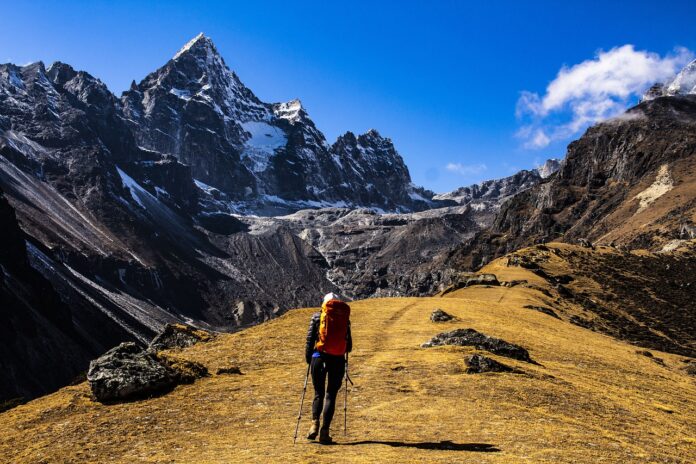22 Interesting Facts About Nepal
- Location and Borders: Nepal is located in South Asia, primarily on the southern slopes of the Himalayas. It is bordered by China to the north and India to the south, east, and west.
- Square: The country covers an area of approximately 147,516 square kilometers.
- National Currency: The currency of Nepal is the Nepalese Rupee (NPR).
Interesting Facts About Nepal:
- Visa Process: To obtain a two-week or one-month visa, you simply need to arrive in Nepal—either at a border crossing or at the airport. The necessary documents and visa are provided on arrival.
- Political History: Two decades of political turmoil, including a nearly ten-year Maoist insurgency, led to the collapse of Nepal’s constitutional monarchy.
- Ancient Inhabitants: Some sources suggest that Nepal is one of the oldest inhabited regions on Earth, with evidence of human presence dating back approximately 30,000 years.
- High Altitude: About 40% of Nepal’s territory is situated at an elevation of over 3,000 meters (9,800 feet) above sea level.
- Unique Flag: Nepal’s flag is distinctive among nations. It consists of two overlapping triangles rather than the traditional rectangle, symbolizing the Himalayas and the two major religions of Hinduism and Buddhism.
- Traditional Sleeping Arrangements: Many Nepalis sleep on the floor with their families, a practice common even among those with moderate means.
- Kumari Goddesses: Nepal is known for its living goddesses, called Kumaris. These young girls, chosen based on thirty-two specific criteria, live in palaces and fulfill sacred duties until they reach adulthood.
- Dietary Habits: The majority of Nepalis are vegetarian. Their diet typically includes rice, dal (lentil soup), and vegetable curry, often consumed at both breakfast and dinner.
- Climate Zones: Nepal encompasses all the world’s climate zones, from the arctic conditions of the Himalayas to tropical regions in the Terai plains.
- Linguistic Diversity: In northern and eastern Nepal, most people speak Tibeto-Burman languages such as Magar, Gurung, and Limbu.
- 2015 Earthquake: A devastating earthquake with a magnitude of 7.8 struck Nepal in 2015, resulting in over 6,000 deaths and more than 13,000 injuries.
- Urbanization: Modern urbanization has minimal impact on the country, with only about 14% of Nepal’s population residing in urban areas, one of the lowest rates in the world.
- Hinduism: Nepal is one of the three countries where Hinduism is the predominant religion. About 81.3% of Nepal’s population practices Hinduism, slightly more than the 80% in India.
- Polyandry: Polyandry, the practice of a woman marrying multiple men, is prevalent in some regions of northern Nepal.
- Hydropower Dependency: Most of Nepal’s electricity is generated from hydropower. During dry seasons, when rivers dry up, power outages are common.
- Royal Tragedy: In 2001, a tragic event occurred where the crown prince killed the king, most of the royal family, and then committed suicide, leading to significant national turmoil.
- Landlocked and Underdeveloped: Nepal is landlocked with limited logistical infrastructure, contributing to its status as one of the world’s least developed countries.
- Trekking Popularity: Trekking is immensely popular in Nepal. For every four tourists who visit, three are likely to engage in mountain trekking, highlighting the country’s appeal as a trekking destination.
- Cultural Heritage: Nepal is home to several UNESCO World Heritage Sites, including the historic cities of Kathmandu, Bhaktapur, and Patan, as well as the Chitwan National Park and Sagarmatha National Park.
- Biodiversity: Nepal boasts diverse flora and fauna, including endangered species like the Bengal tiger, one-horned rhinoceros, and red panda, thriving in its varied ecosystems.
- Mount Everest: Nepal is famous for being home to Mount Everest, the highest peak in the world, standing at 8,848 meters (29,029 feet). It attracts climbers and adventurers from around the globe.
- Yaks and Mountaineering: Yaks are an essential part of mountain life in Nepal. They are used for carrying supplies in high-altitude regions and are vital for mountaineering expeditions.
